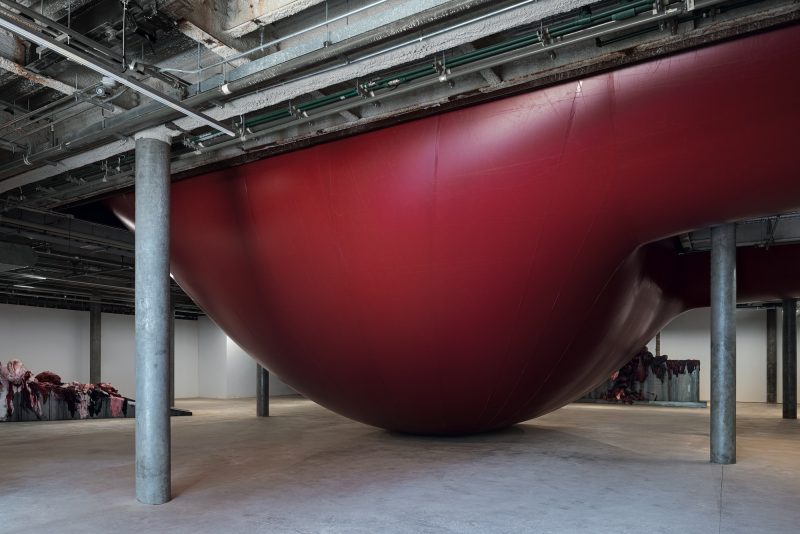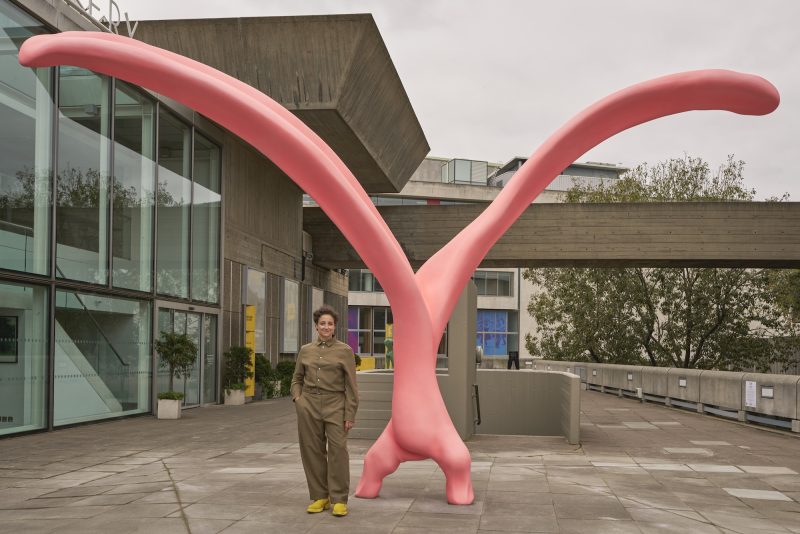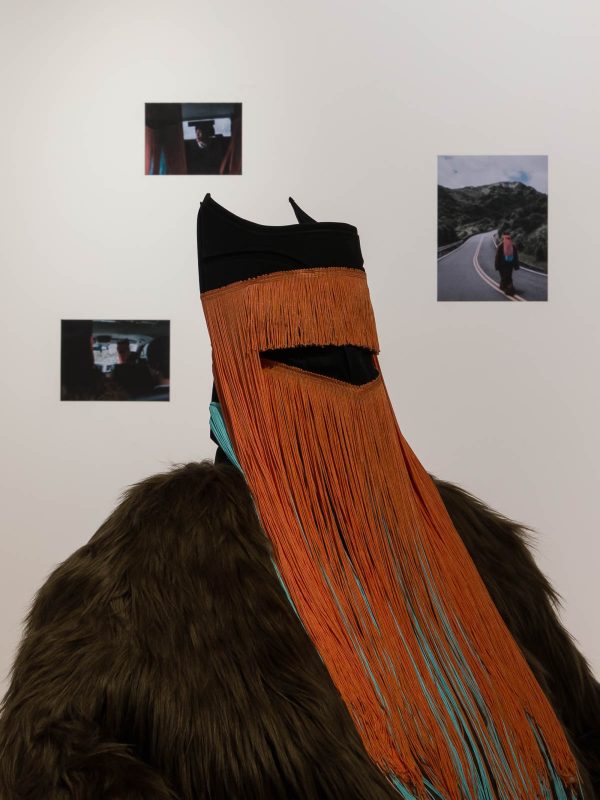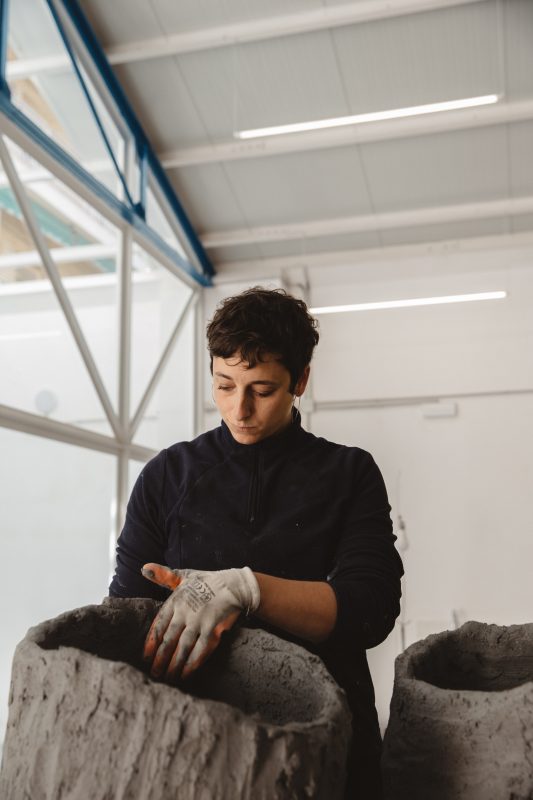It is often said that to lose one Turner Prize is unfortunate but to lose two is carelessness, so it is a travesty that Mike Nelson has been nominated for the Turner Prize twice and has never won. The first time, in 2001, he lost out to Martin Creed, which was worth it just to annoy the righteous philistines with the lights going on and off, but in 2007 Nelson was robbed because Mark Wallinger was already past his best. May the carelessness of those judges forever haunt them.
Taking cues from science fiction, esoteric clubs, film, literature and the deepest recesses of human invention, Nelson chips away at our sense of what it is to inhabit space. The installations create worlds that consume the viewer, block out the ravages of the external world and layer wreckage upon wreckage to the point of asphyxiation. Blurring the line, which is already fuzzy, between sculpture and architecture, Nelson is less a creator of things – in the contemporary art sense – than he is a conjurer of experiences, sensations and ruminations.
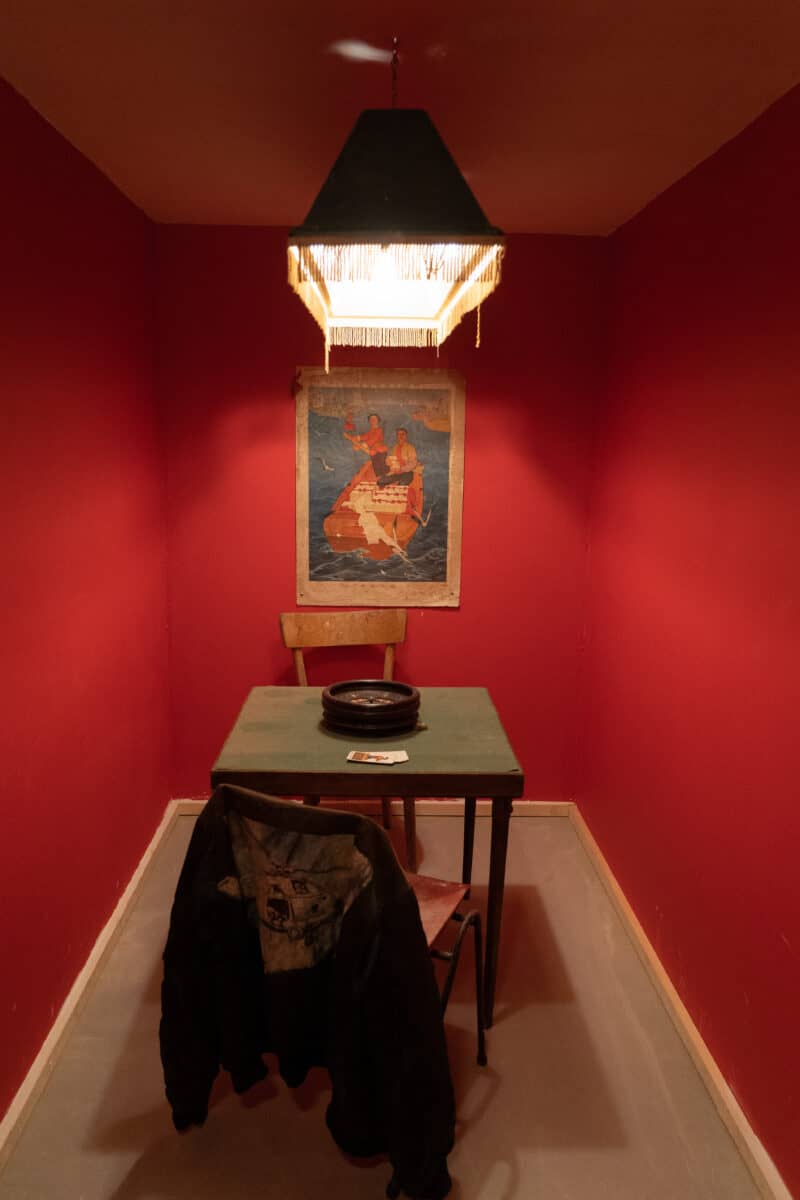
Works like The Deliverance and the Patience (2001) are recreated here for the first time since their original presentation and in that lies the crux of what Nelson is all about. His work is an ongoing dialogue on themes of transience and permanence, which revolve around the admission that the latter is a wishful human construct. In nature, in the cosmos, in the universe, transience is the norm, the standard by which everything is finally judged, for nature ultimately knows nothing but entropy. Humanity, on the other hand, is engaged in its fruitless battle against that entropy, as if we might one day win if only we build more, conquer more and holler louder into the void. Enter Nelson, master of eschatology, who rummages around scrap yards and junk shops, salvaging the things we mortals thought had reached their end, re-using the used and revitalising the decrepit, the derelict and the destitute.
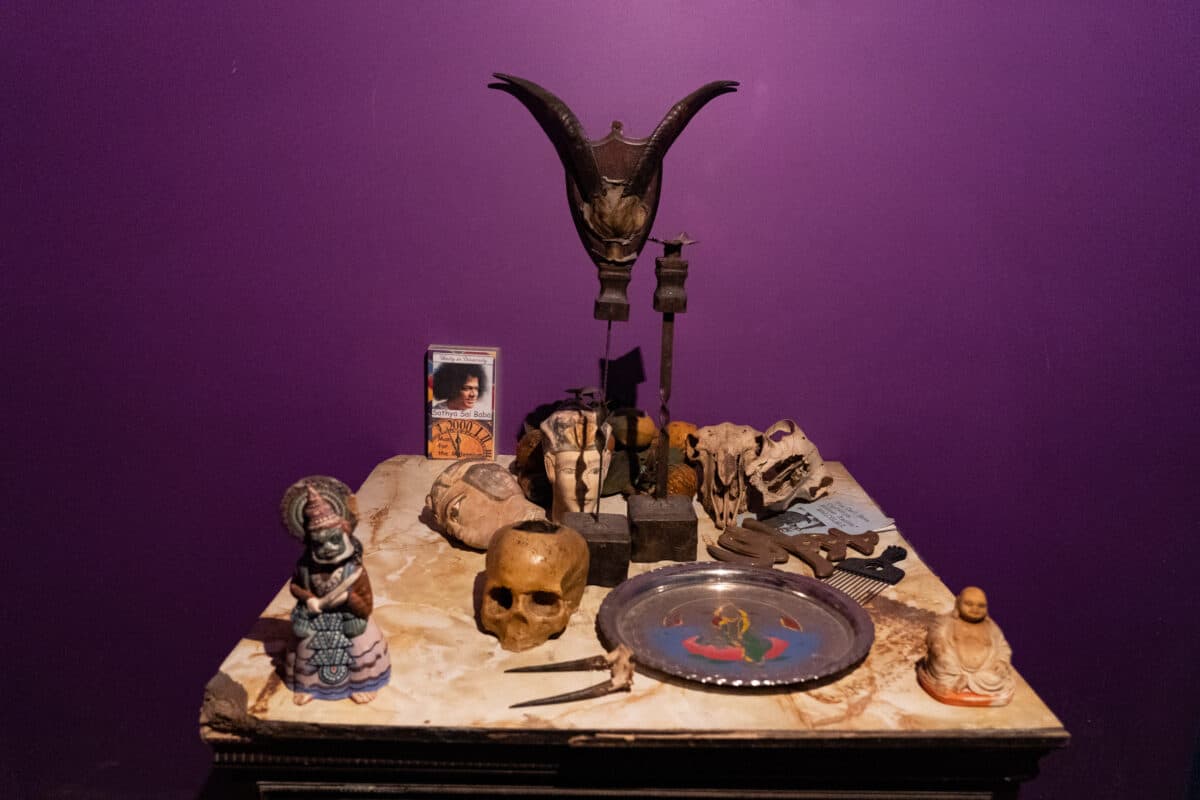
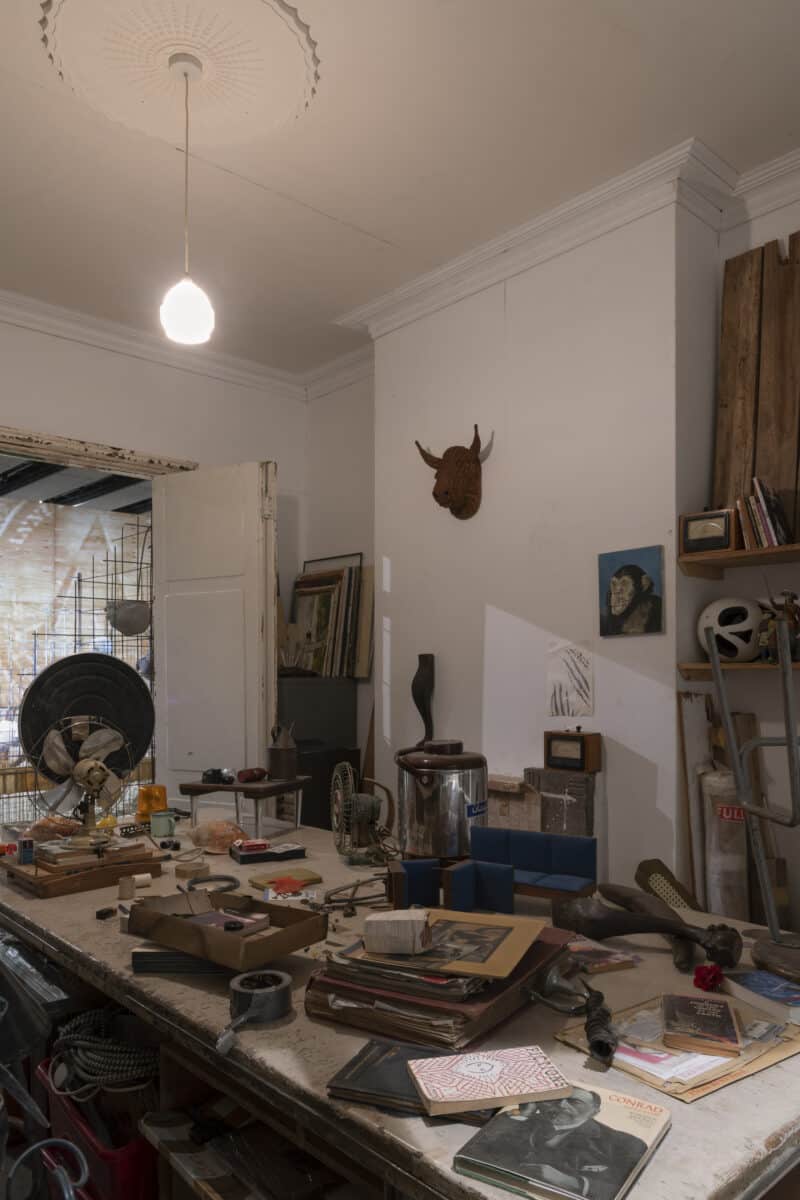
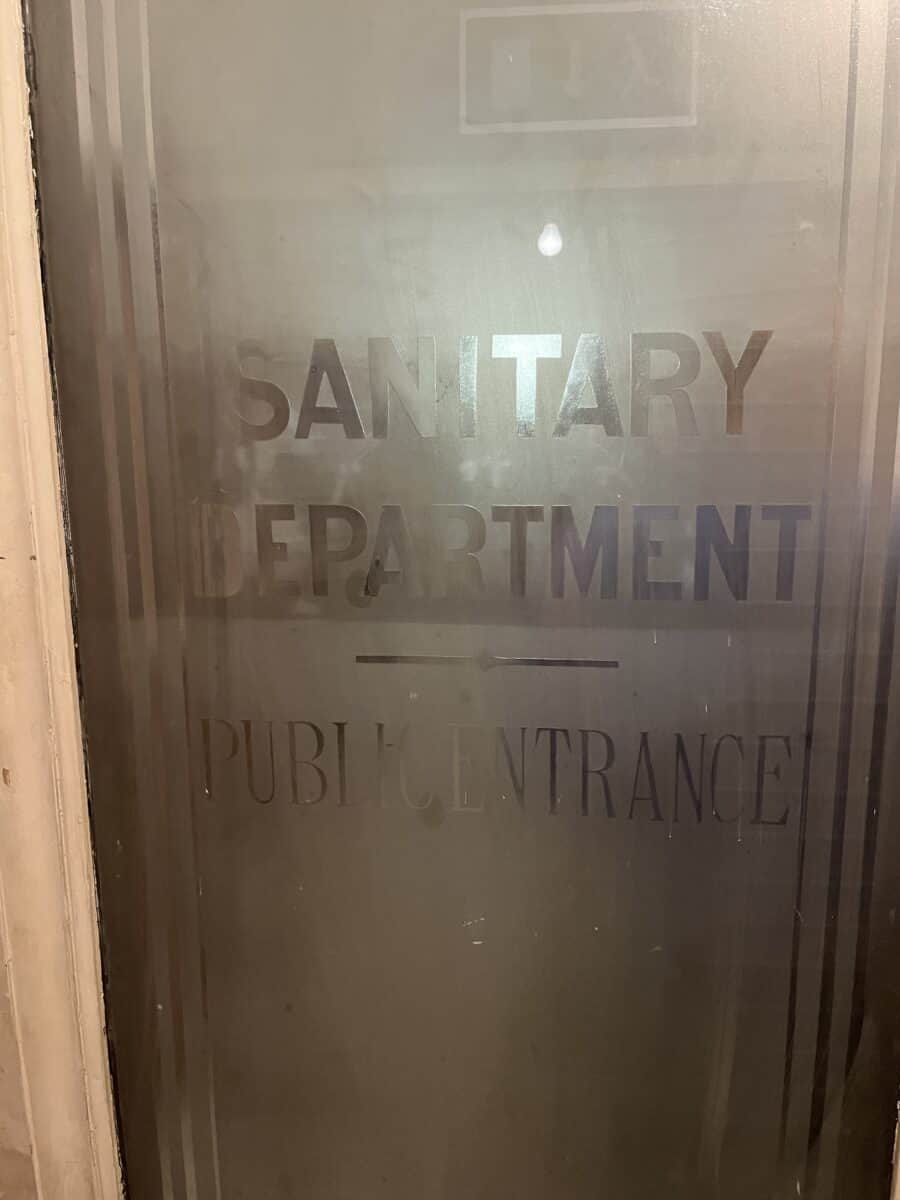
The resultant work defies explanation. Indeed, it would be obscene to try to describe that which is on show at the Hayward because it would mislead you into thinking that what you should be doing is looking. Of course, there is plenty to see – doors, desks, ornaments, lamps, cracked plaster, stone heads, wire mesh, cages, rooms, stairs, light bulbs, sand, spaces, traces of life, bricks and dust – but that is beside the point. Nelson’s immersive installations foster feelings of threat, as if something is lurking beyond the next creaking door, or as if around the next dusty corner is the fear you have spent a lifetime running from. Scenes that could have been culled from David Lynch are pregnant with the absence of the event that might have taken place just before you arrived, leaving only traces of loss, foreboding and rumbling terror. Little fragments of this and that, anything really, and nothing at the same time, look as if they have been deliberately deposited as clues to the riddle of why people do the things they do, but without much hope of redemption or solace from the spectral yearning and paranoia that permeates every moment of the exhibition.
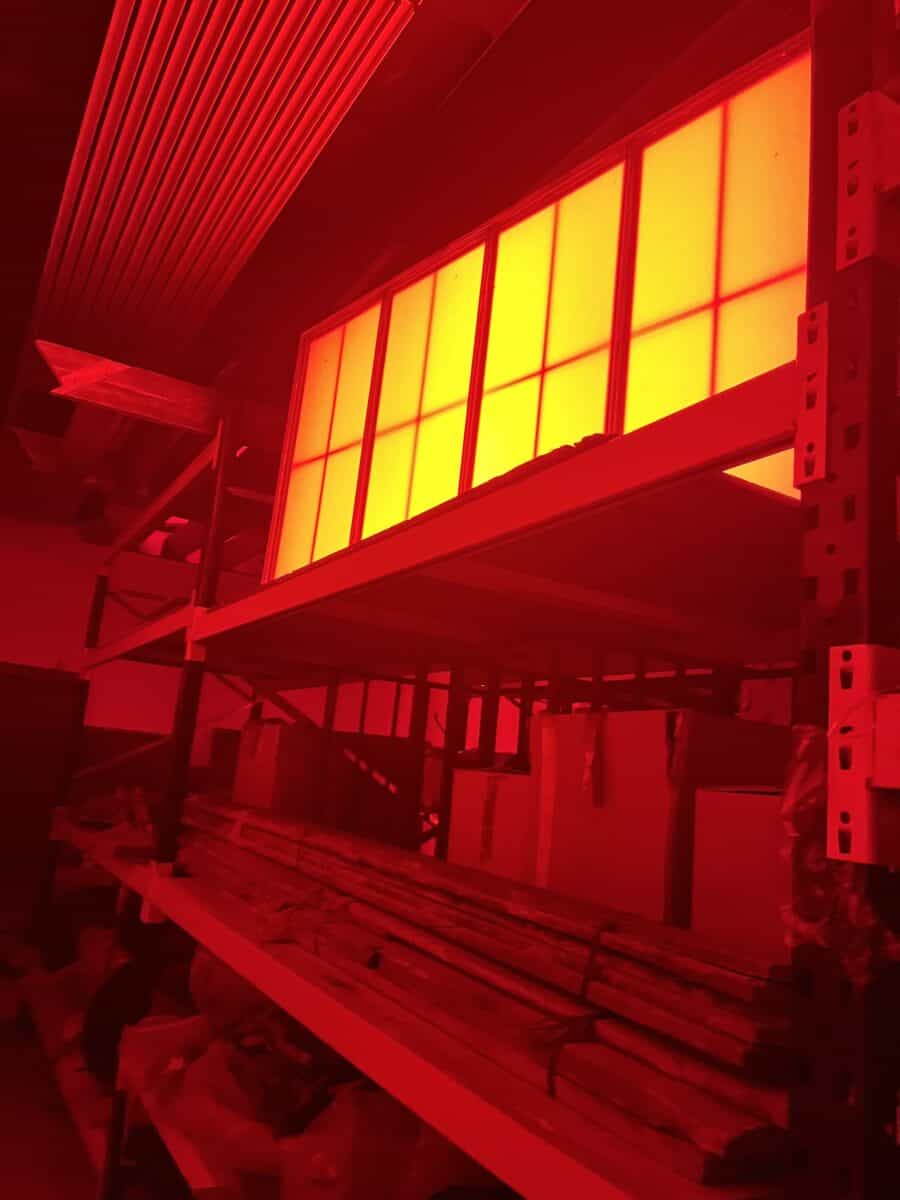
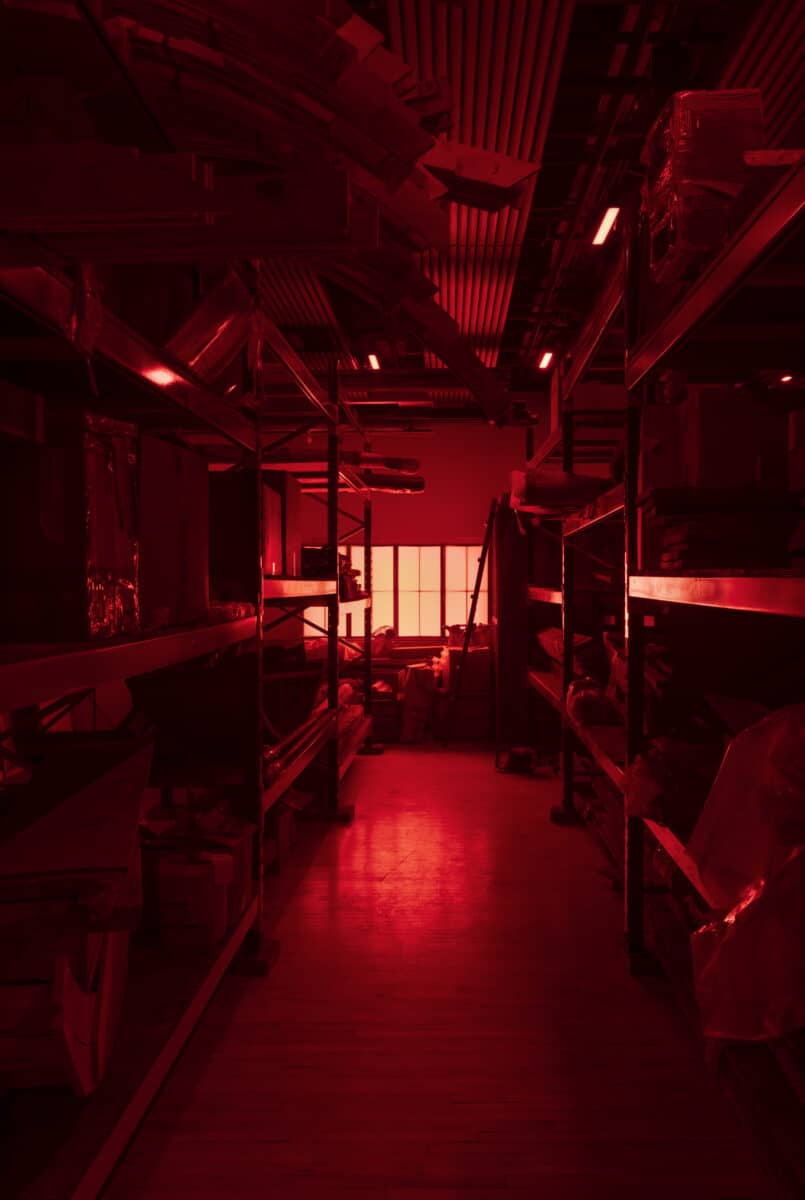
This is not family-friendly, fun-loving art. In fact, it is a million miles from the fashion for relatable, interactive, social media friendly art that clutters culture nowadays. Nelson, with his seething, simmering uneasiness, feels like an artist from a bygone age when art was bold about aesthetics, challenged sensibilities and eschewed ideology, a time when artists made work that was just about art being affective and vital and absorbing. It reminds us of what was really refreshing about the much-maligned YBAs.
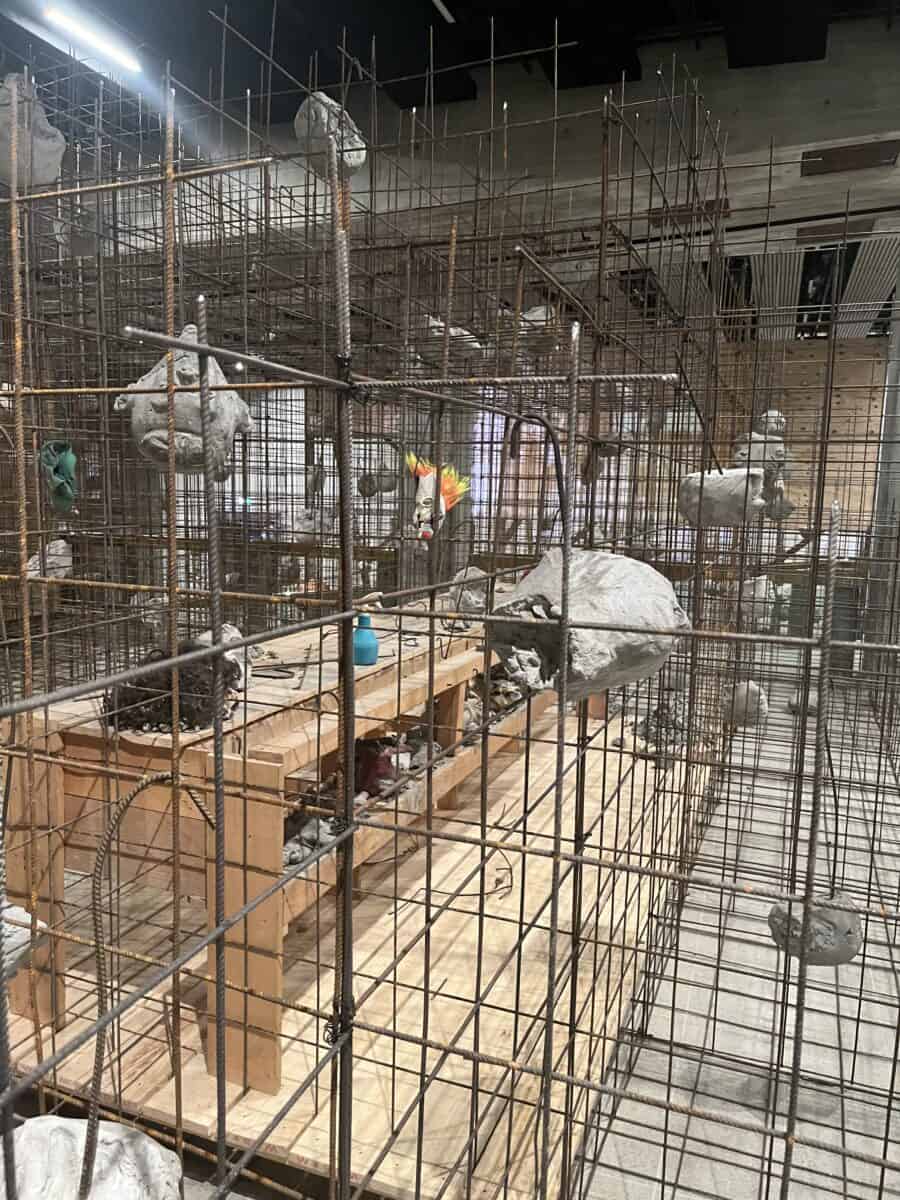
That said, Nelson’s work is about something in the grand narrative sense, and you are free to go out in search of it, but only after you have immersed yourself in Nelson’s world. And there’s the rub: Nelson makes worlds that need to be experienced and felt before they can be analysed and deconstructed – which there is not enough of in contemporary art – they are primarily and triumphantly aesthetic experiences. Given that these installations are transitory, and never the same twice, so there might just be a finite number of times Nelson will reproduce them, there is sense of urgency to this show; for many of the works here, it is only the second outing, and it could be the last. The Turner Prize had two chances and squandered them both, so let us not sleepwalk past Mike Nelson, who truly is one of the greats.
Mike Nelson: Extinction Beckons, Hayward Gallery, London – 7th May 2023
